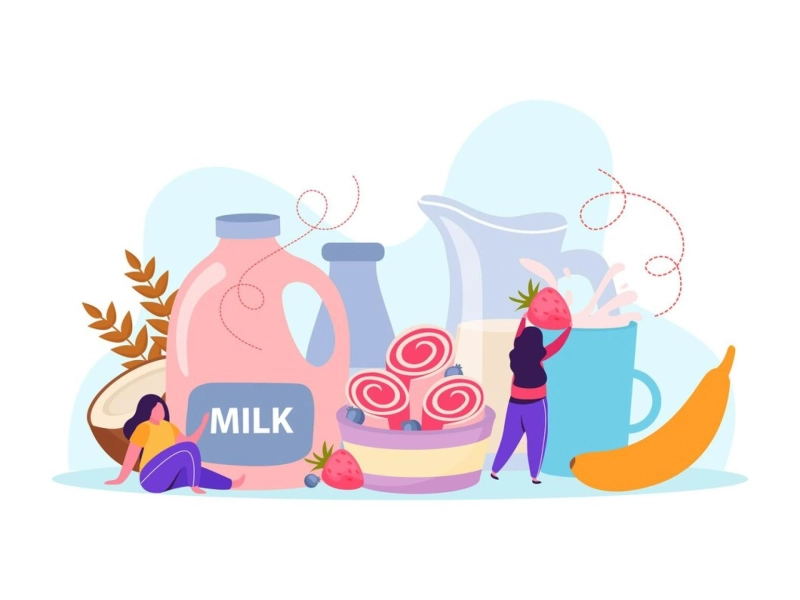The world of dairy farming is undergoing a quiet but powerful revolution, and it's all thanks to the rise of milk management systems. While you might not often hear the buzz about these high-tech systems, they are rapidly becoming the unsung heroes of modern agriculture. Today, we'll dive into this milky marvel and explore how milk management systems are changing the game in dairy farming.
The Old Way: Traditional Dairy Farming
Traditional dairy farming, with its bucolic pastures and red barns, is an image many of us hold dear. Yet, beneath that idyllic surface, dairy farmers were often grappling with an array of challenges: labor-intensive routines, variable milk quality, and data collection that involved more scribbled notes than precise records.
Enter the Milk Management System
Milk management systems are essentially the smart assistants of the dairy world. They incorporate technology, data analytics, and automation to transform every aspect of dairy farming. Here's how they're revolutionizing the industry:
Automated Milking: Imagine a robotic milking arm gently and efficiently milking cows. These systems not only reduce physical strain on farmers but also ensure consistent milking, improving milk quality.Data-Driven Decision Making: Milk management systems track data on each cow's health, milk production, and more. This data is gold for farmers, helping them make data-driven decisions on breeding, feeding, and healthcare.Resource Optimization: With real-time data, farmers can optimize resources like water, feed, and energy, reducing waste and saving costs. This is not just good for the farmers; it's good for the planet.Healthcare Alerts: These systems can detect health issues in cows early, preventing the spread of diseases and reducing veterinary costs.Quality Assurance: By monitoring each cow's milk, farmers can ensure the milk is free from contaminants and antibiotics, leading to higher-quality dairy products.Environmental and Economic Sustainability
Milk management systems are also helping dairy farming move towards a more sustainable future. With optimized resource usage and waste reduction, these systems are contributing to a more eco-friendly and profitable industry. It's a win-win for farmers and the environment.
The Bottom Line for Consumers
So, what does all this mean for consumers? When you enjoy that glass of milk, you can rest assured that it's a product of not just hard work but also smart technology. The benefits extend from the farm to your table:
Higher-Quality Milk: Healthier cows mean higher-quality milk with fewer impurities.Safety: Tracking milk from farm to table ensures the safety of dairy products.Sustainability: Your support for dairy products contributes to a more eco-friendly farming industry.The Future of Dairy Farming
As we move forward into this new era of dairy farming, it's clear that milk management systems are here to stay. They are no longer just trends; they represent the future of the industry. By embracing technology and innovation, we are creating a more efficient, sustainable, and higher-quality dairy industry that we can all take pride in supporting.
Next time you raise a glass of milk or enjoy a creamy piece of cheese, remember that it's the result of a quiet revolution happening on dairy farms around the world. Thanks to milk management systems, the future of dairy farming is looking brighter, tastier, and more sustainable than ever.


